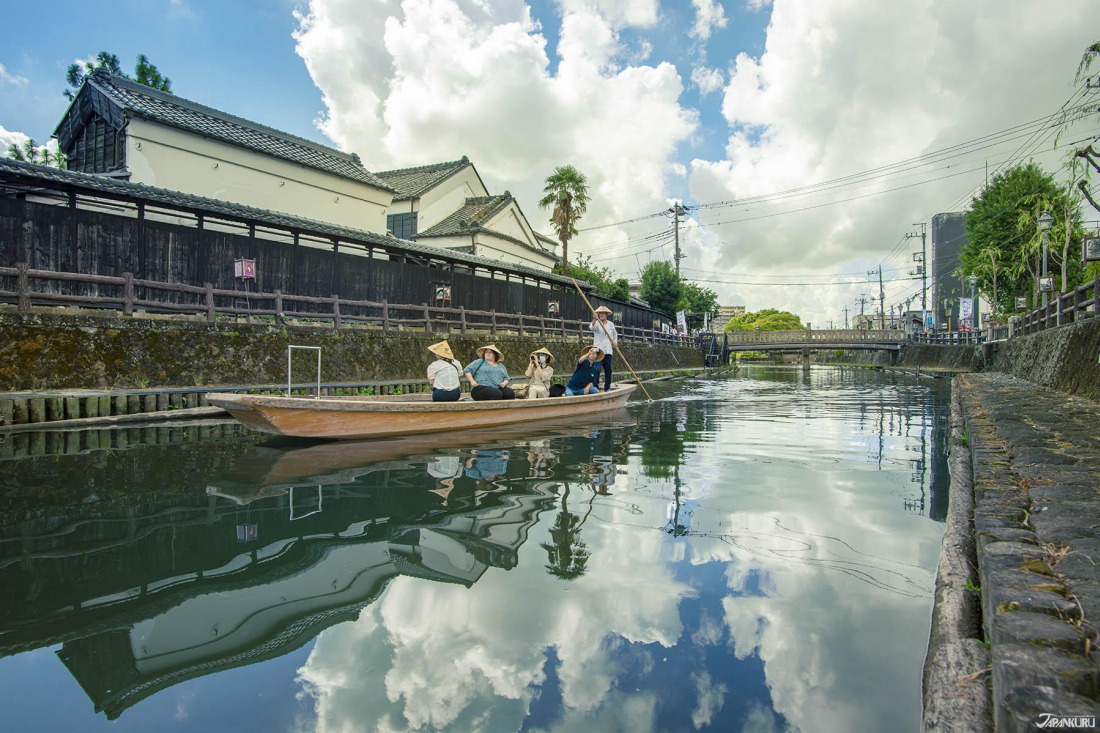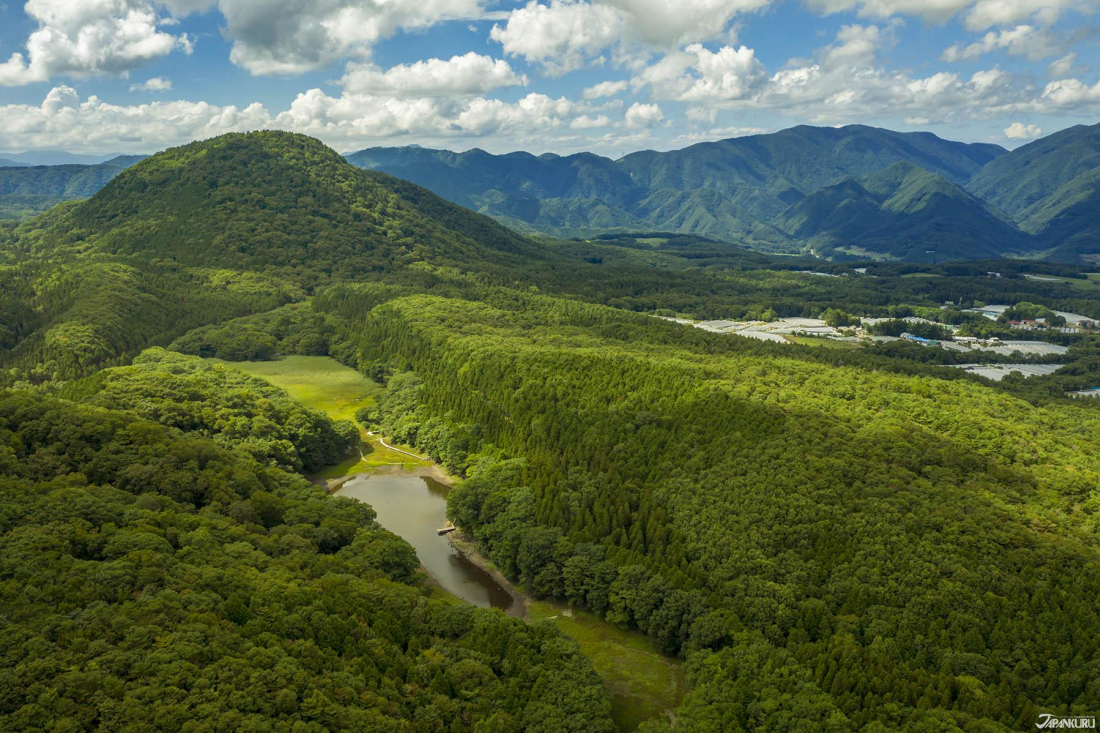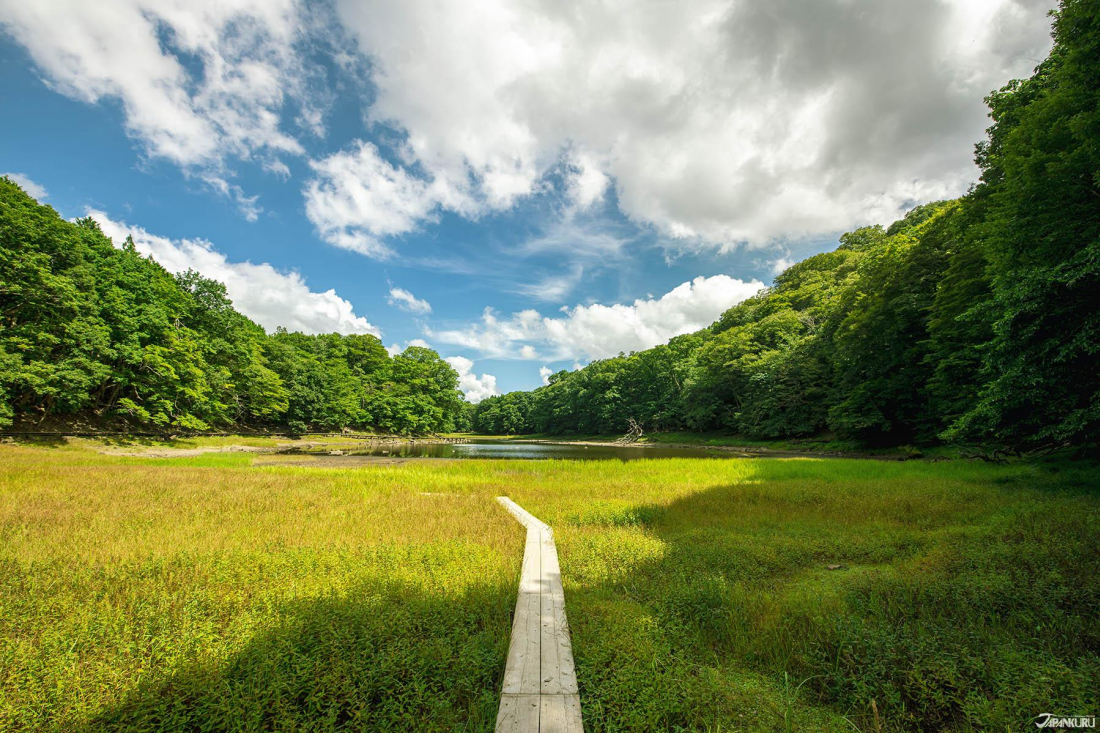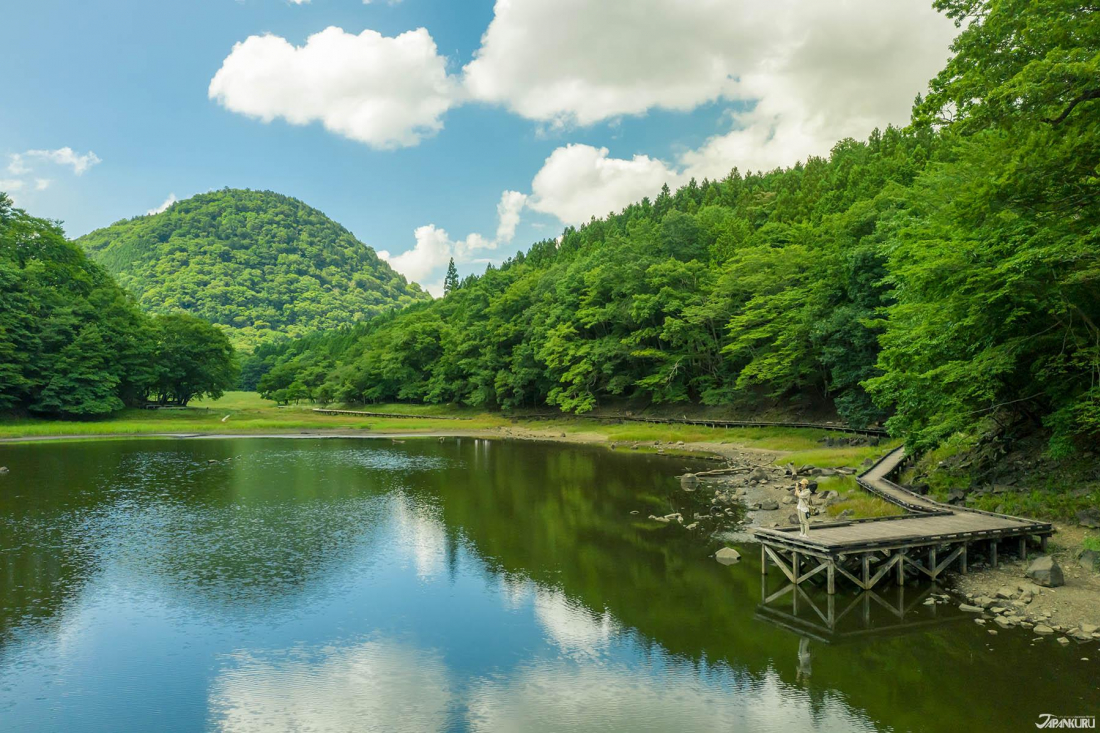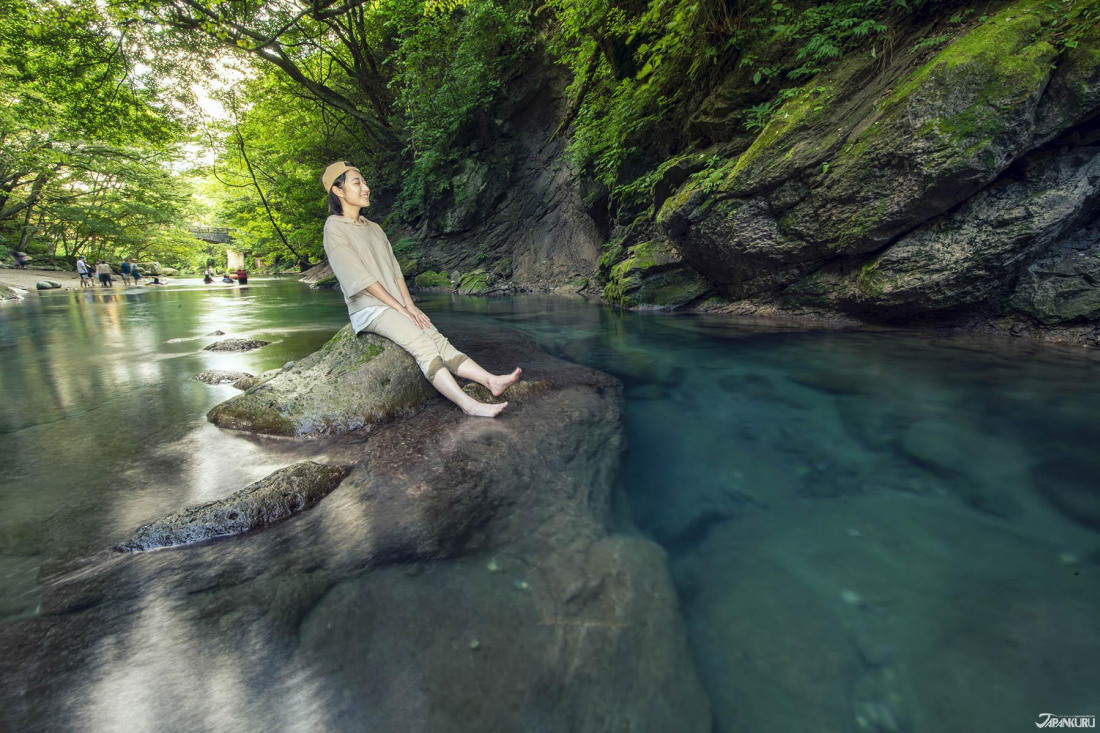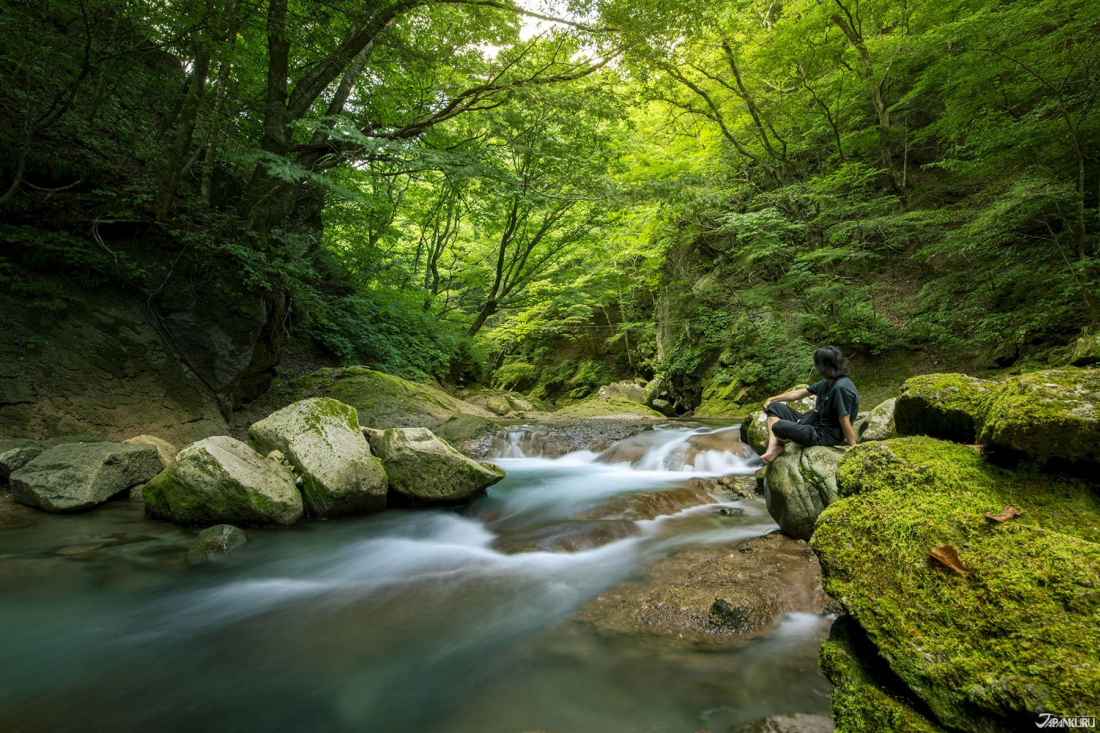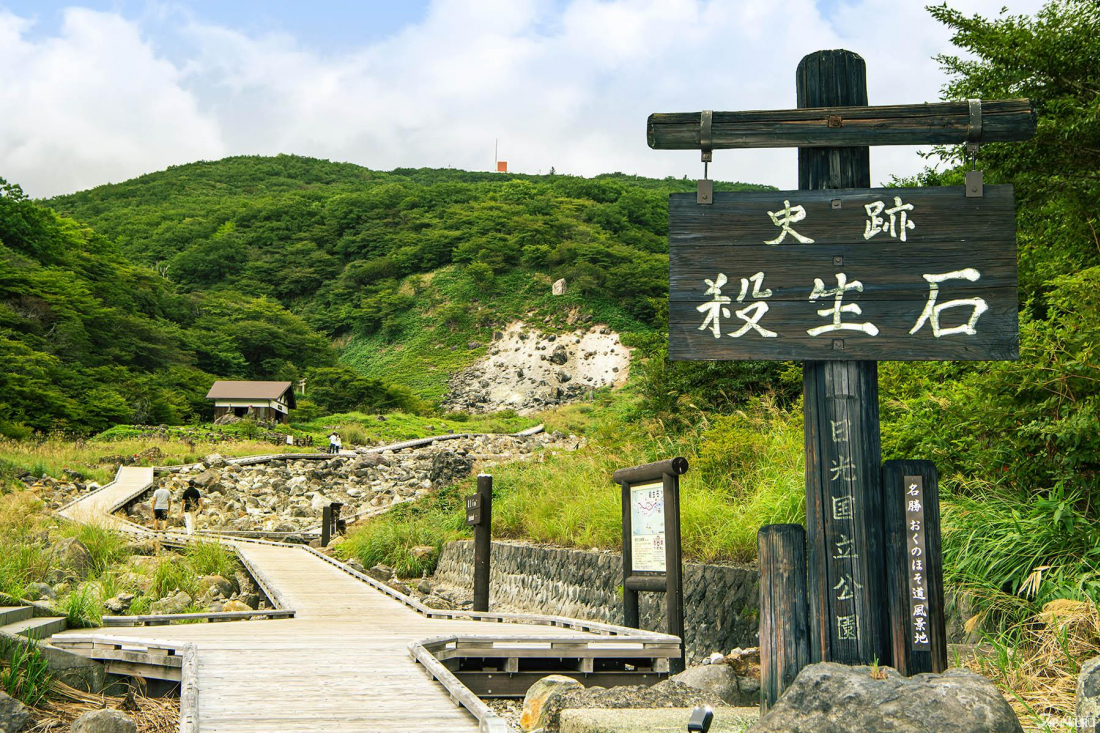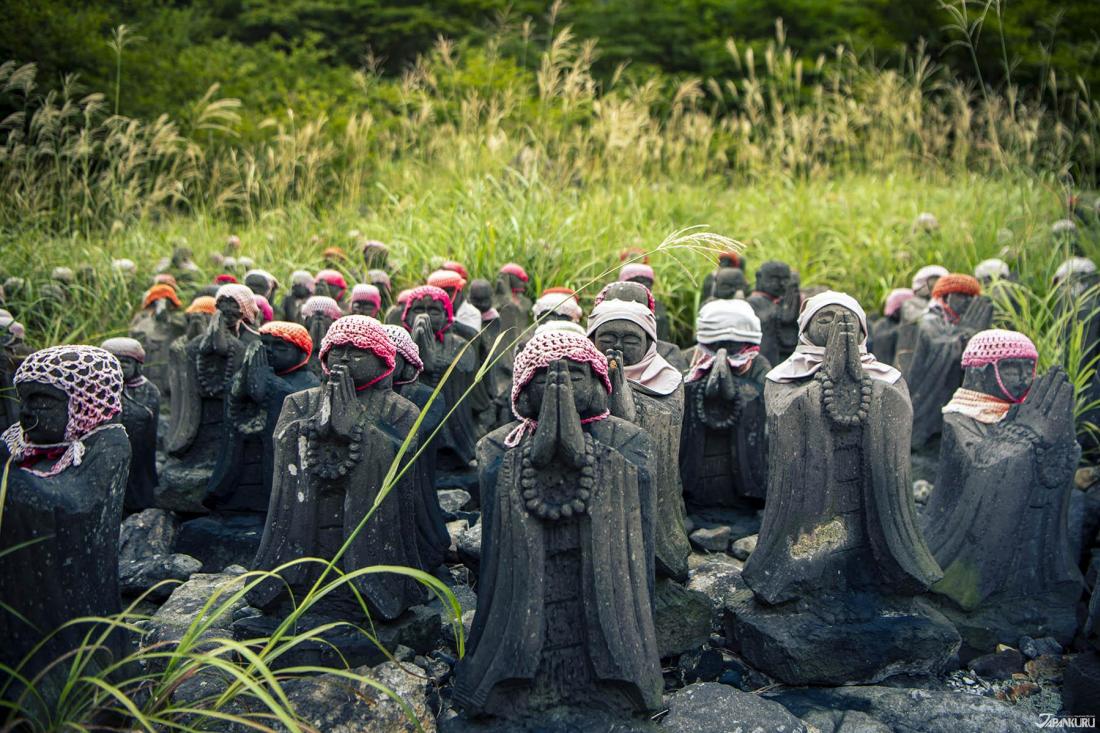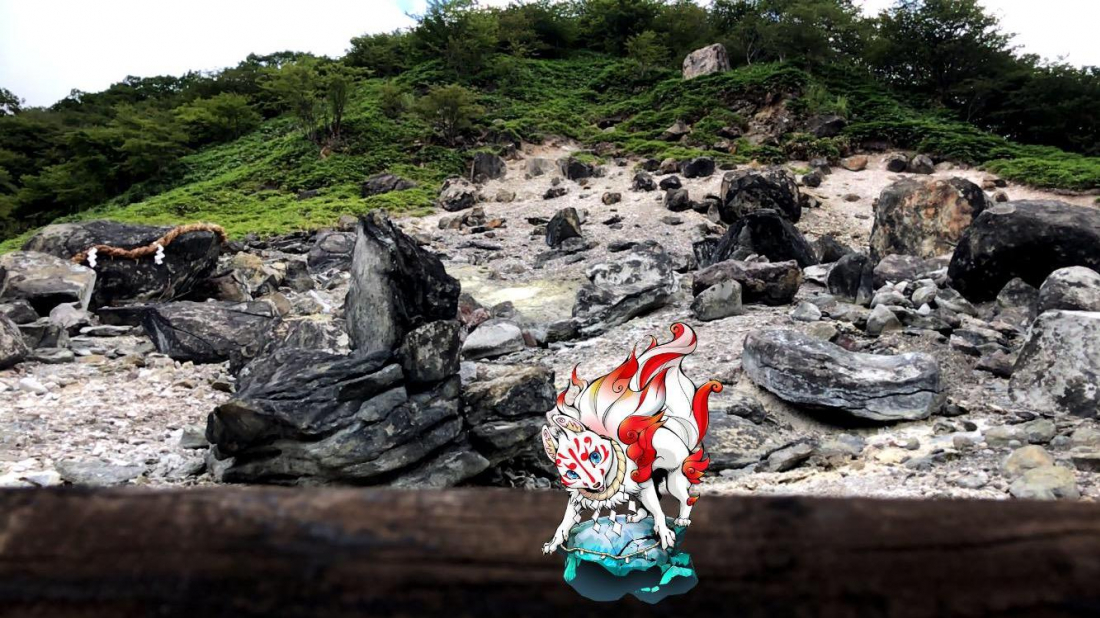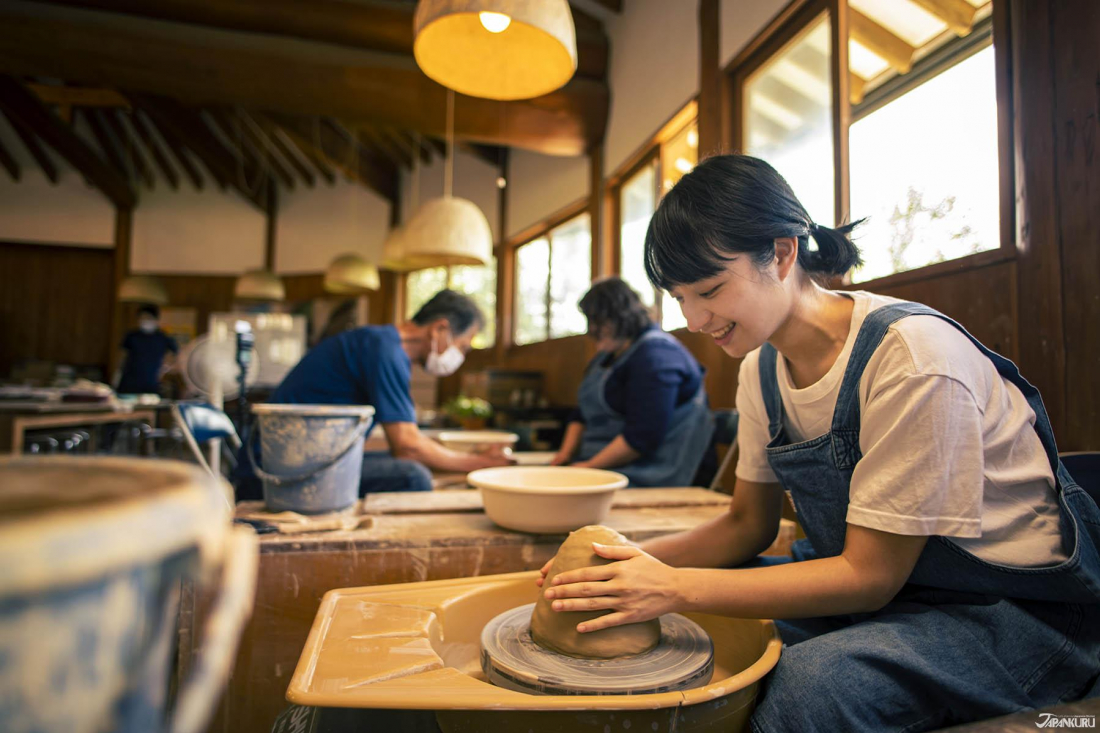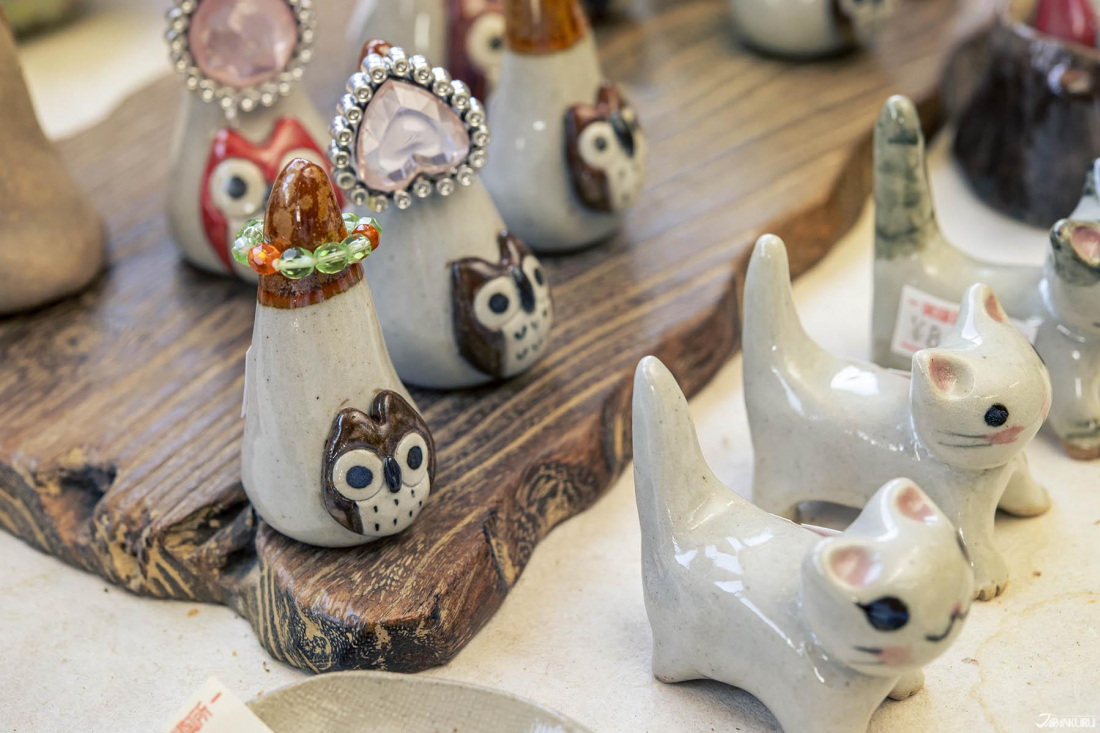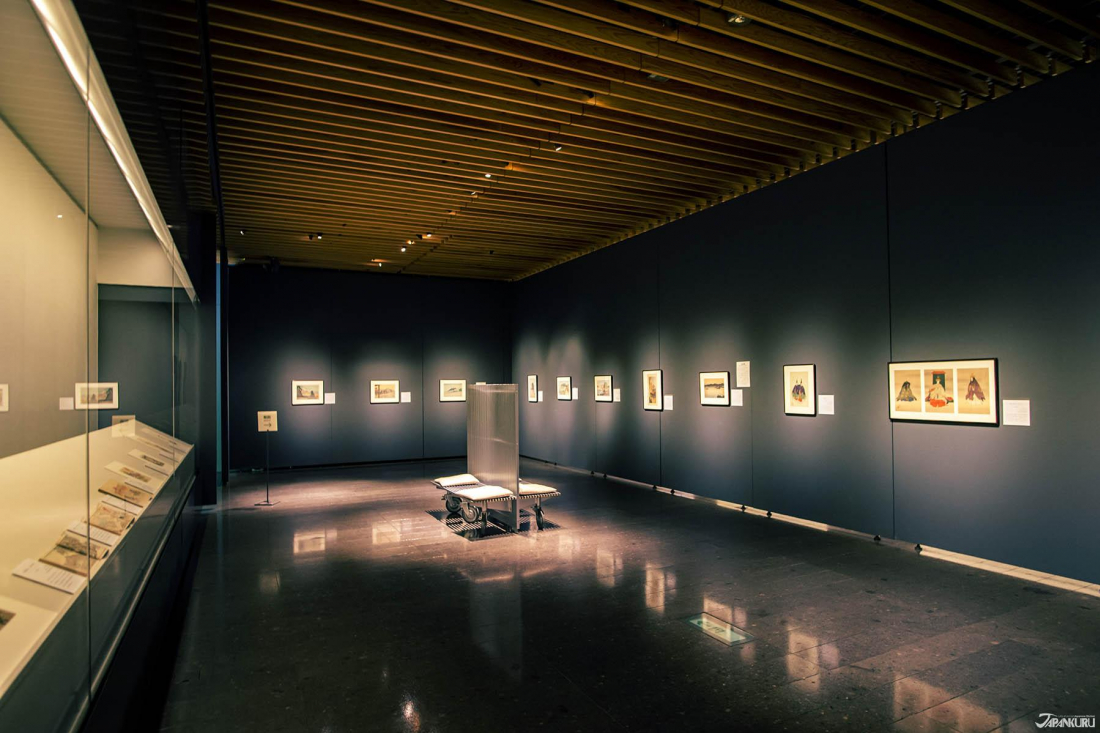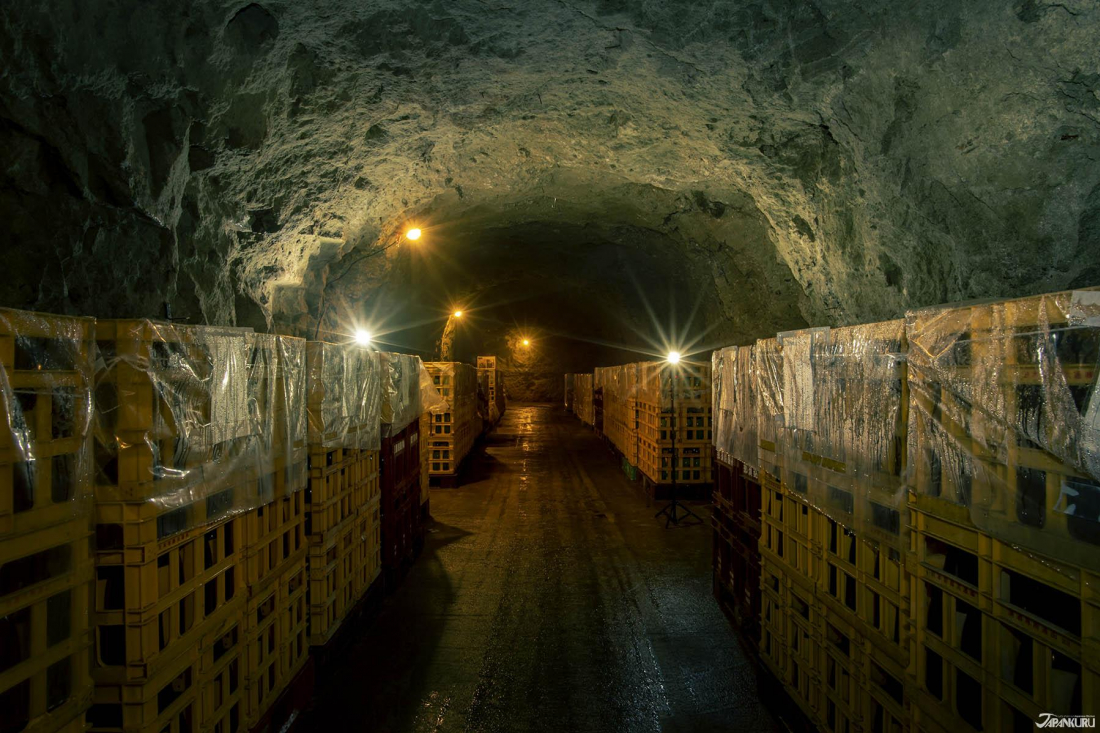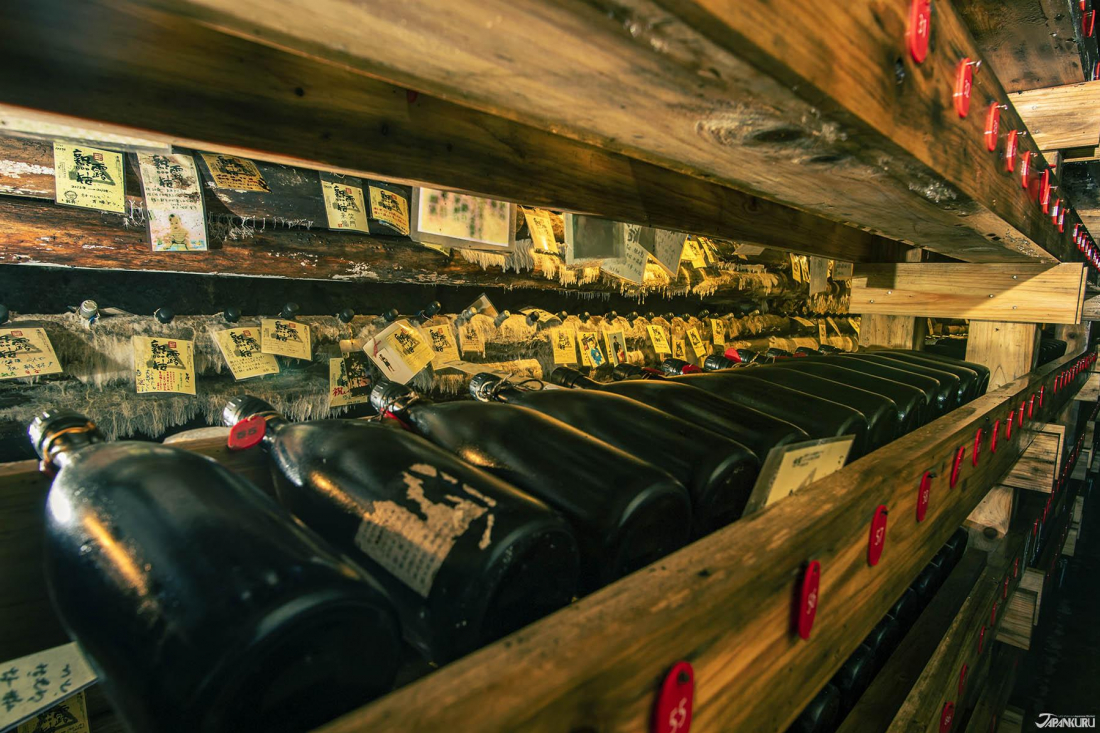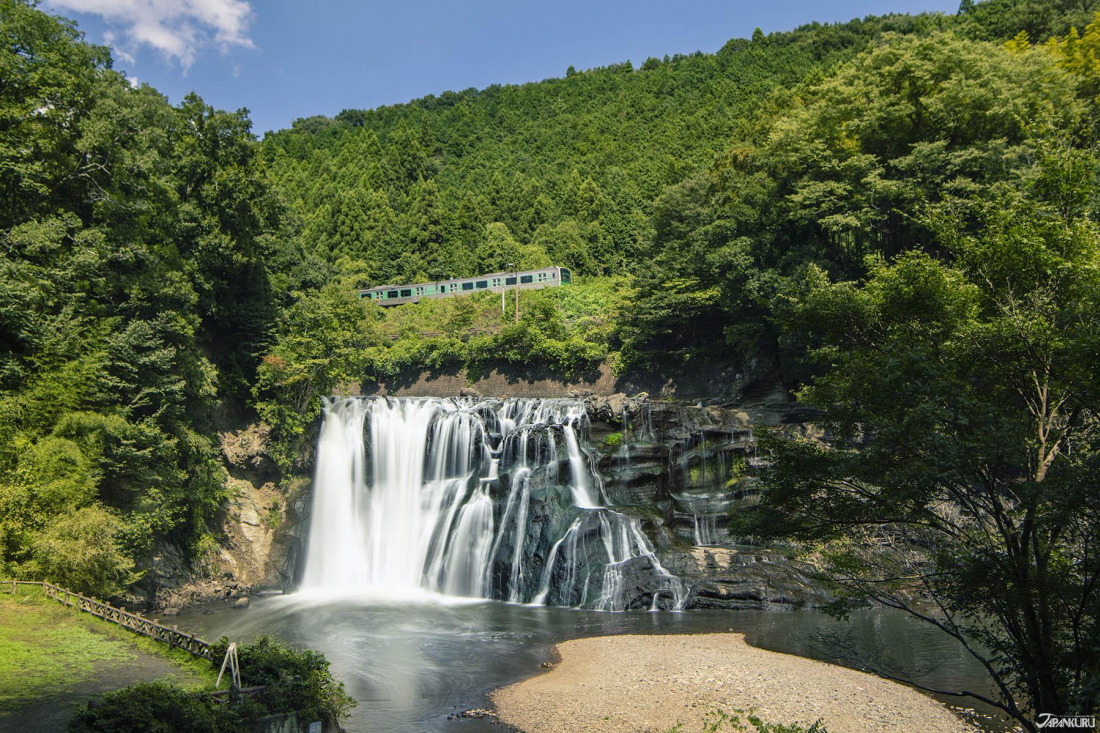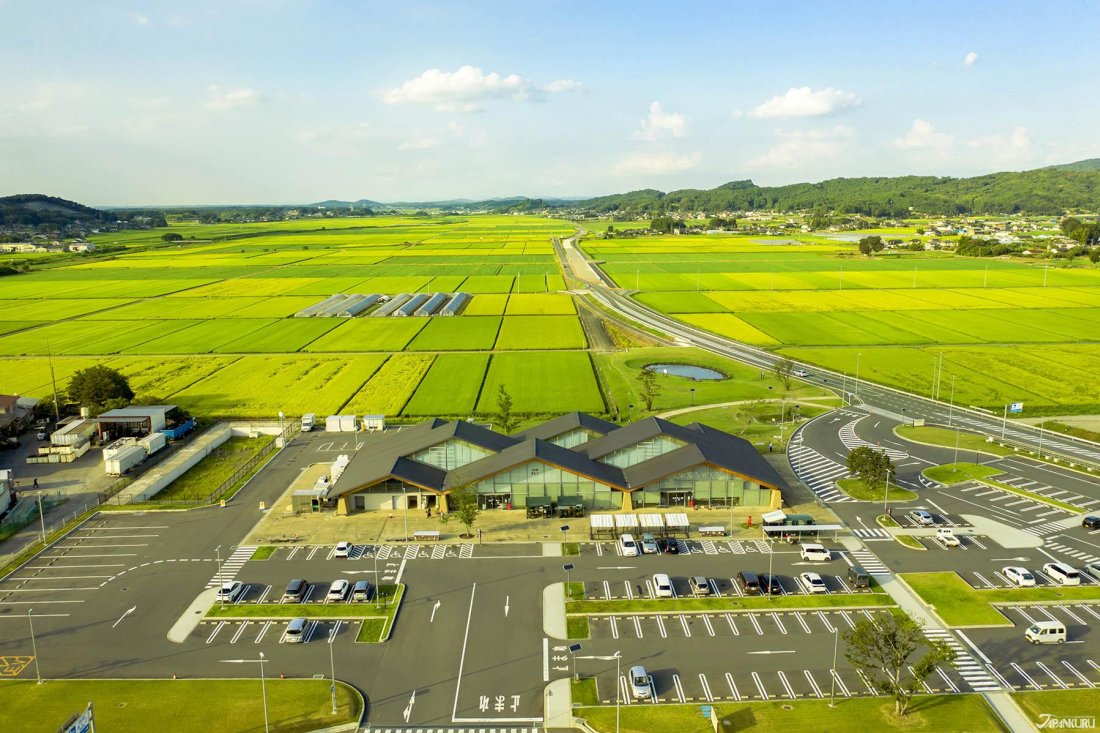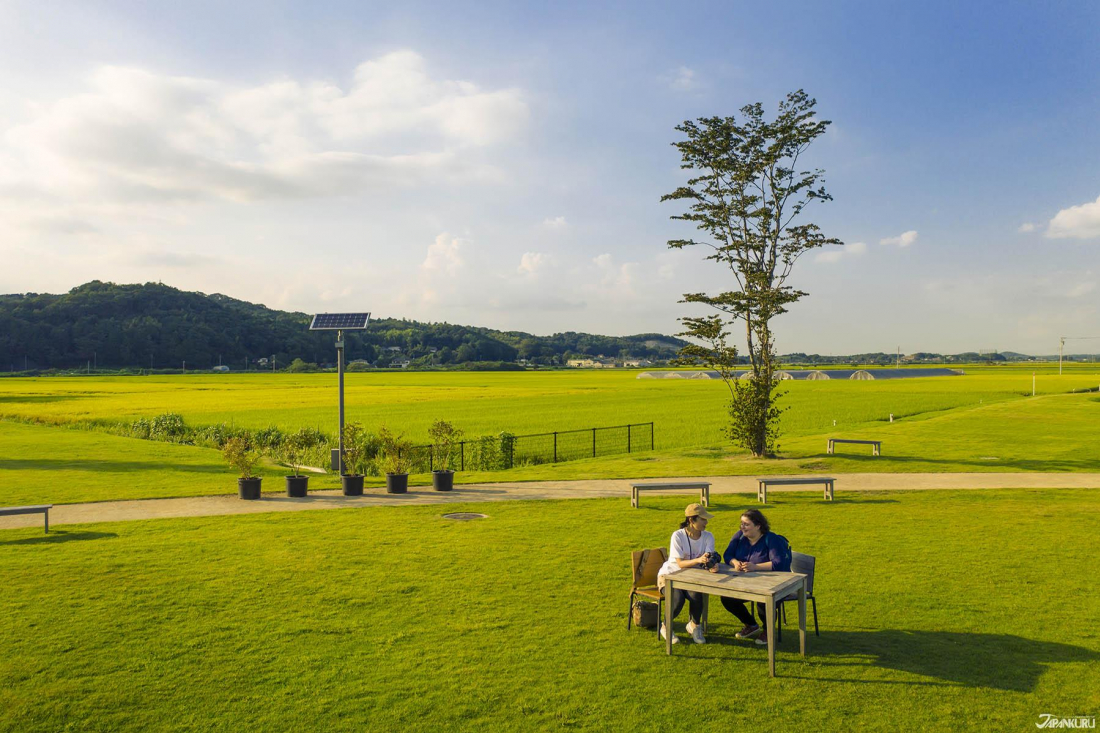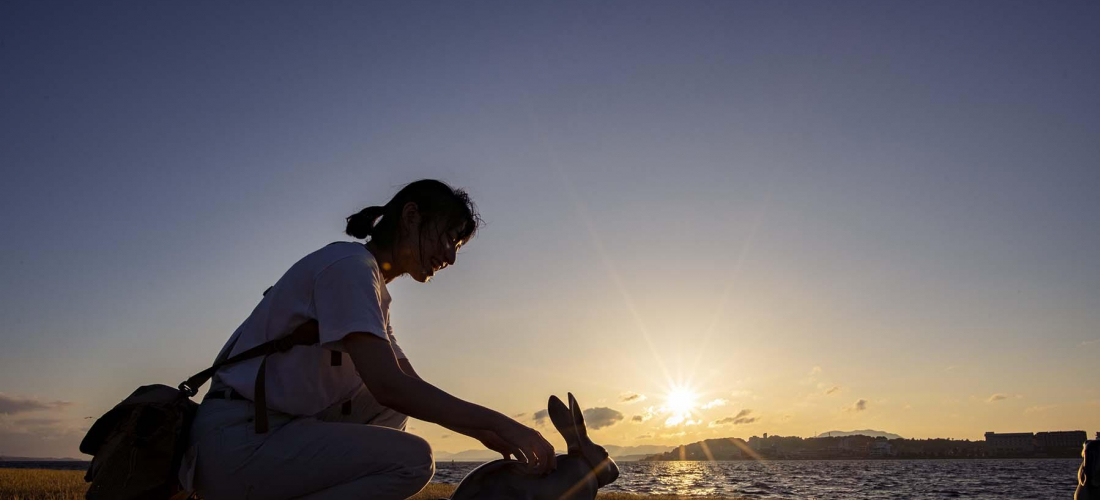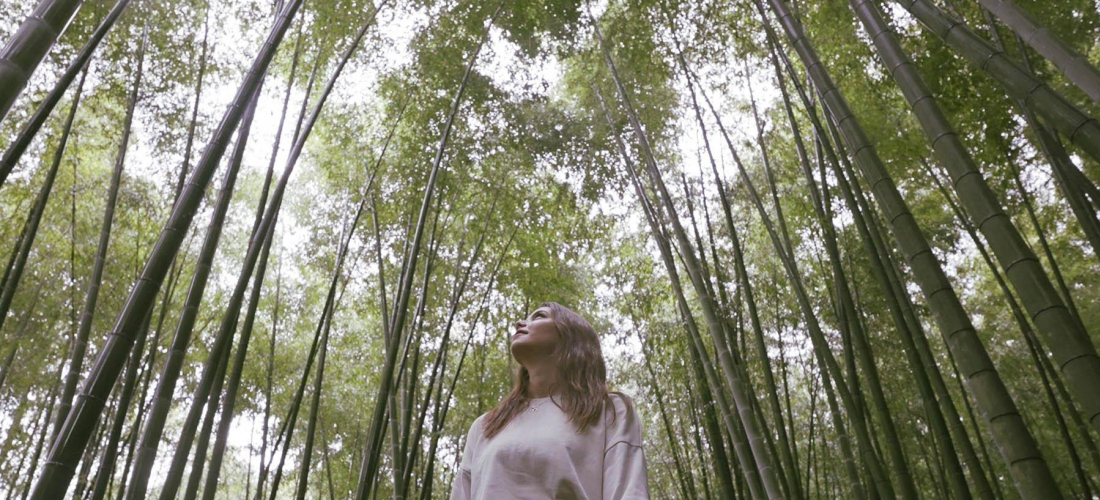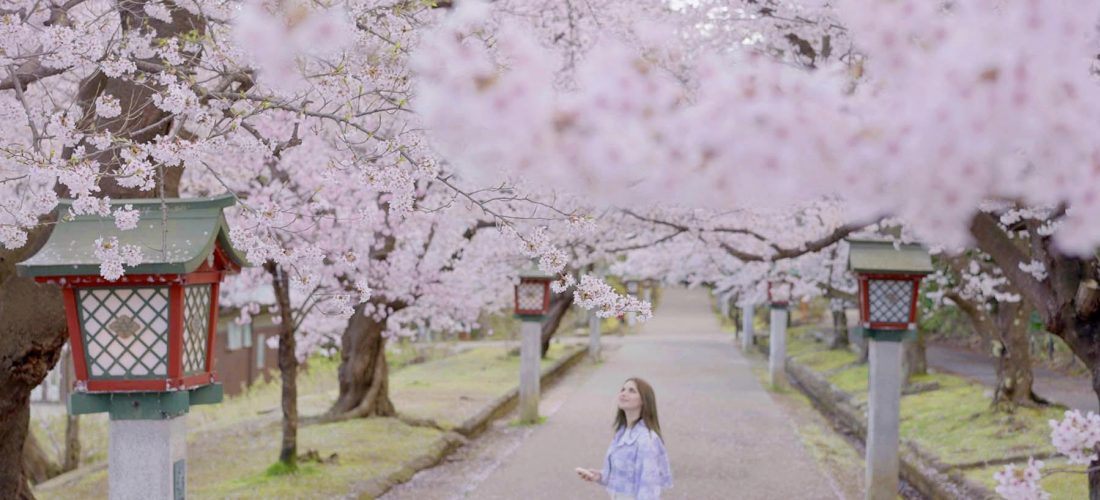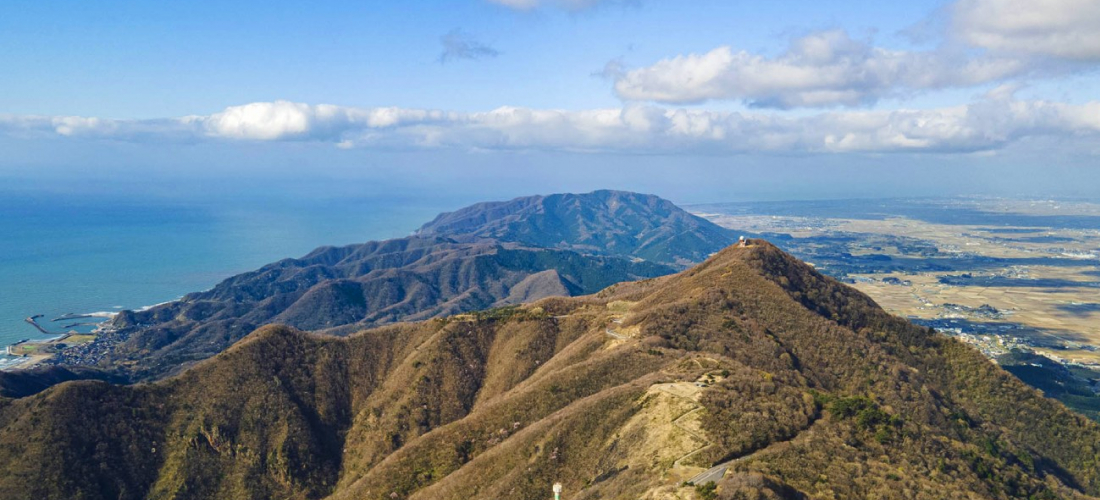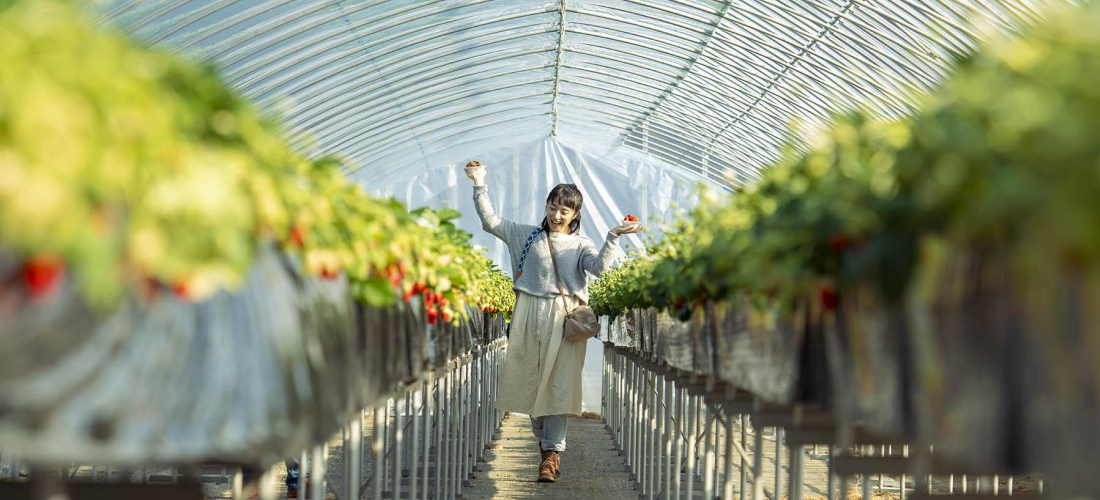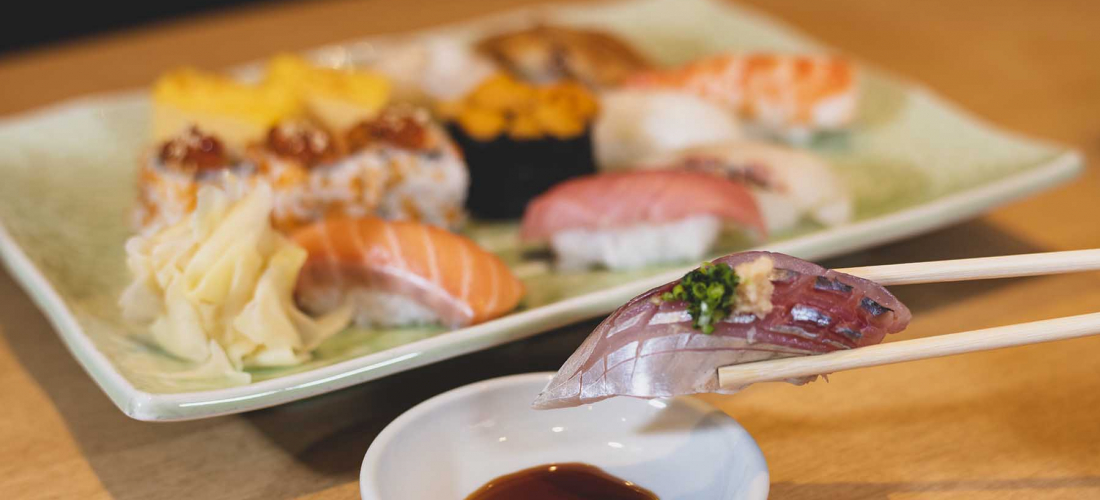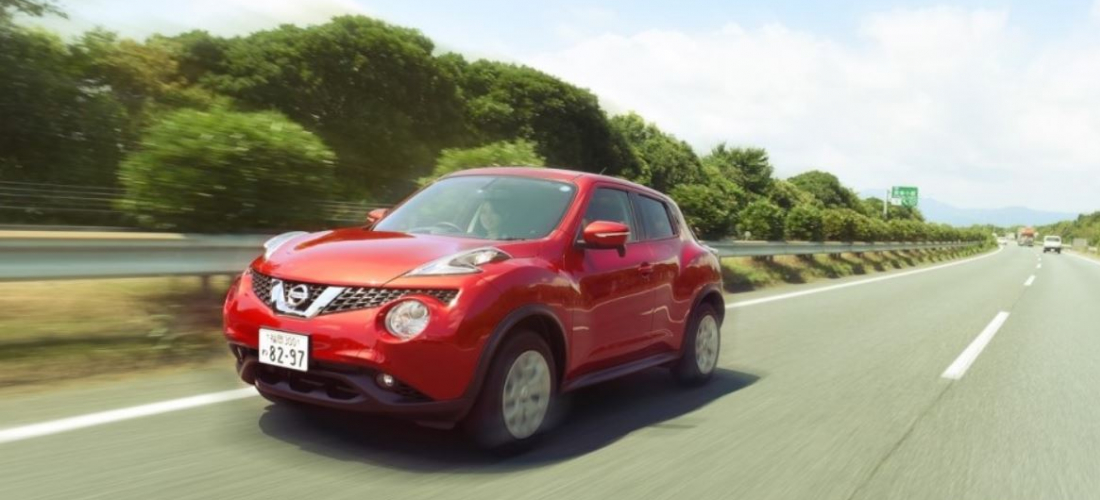
CONTENTS
Vous êtes au Japon et à la recherche d’une escapade estivale dans la région du Kanto? Vous ne pouvez pas vous tromper avec la région de Nasu! Même l’empereur japonais et sa famille y passent l’été.
Qu’est-ce que Tochigi?
La préfecture de Tochigi est un peu au nord de Tokyo, avec des sites touristiques populaires à seulement une heure ou deux en shinkansen, et c'est la plus grande préfecture de la région de Kanto. Bien que le nom Tochigi ne soit pas encore si connu en dehors du Japon, cette vaste préfecture est parsemée de destinations touristiques célèbres et de nombreuses attractions touristiques, comme le sanctuaire Nikko Toshogu à Nikko, les gyoza et les cocktails à Utsunomiya et les ramen de Sano. Aujourd'hui, nous allons passer en revue quelques-uns de ces endroits populaires qui sont parfaits pour un voyage d'été dans la région!
Arrivée à Tochigi ・ la ville de Tochigi ・ petite croisière à Kuranomachi & canaux historiques
Notre premier arrêt lors de cette excursion estivale est la ville de Tochigi, où les voyageurs peuvent faire des croisières de loisir entre les rangées d'anciens entrepôts historiques de Kuranomachi. Ces courtes promenades en bateau de 20 minutes le long de la rivière Uzuma (巴波川) sont une façon amusante de créer l'ambiance pour le reste du voyage, car le parieur pousse lentement mais sûrement le bateau sur l'eau fraîche, tout en expliquant l'histoire de la région et chanter des chansons folkloriques locales. On dit que l'histoire de l'utilisation pratique des bateaux le long de la rivière Uzuma a commencé en 1617, lorsque les bateaux ont été utilisés comme moyen de transport par Tokugawa Ieyasu, l'un des trois "grands unificateurs" du Japon. Désormais, les superbes entrepôts en plâtre blanc le long du fleuve racontent tous l'histoire de centaines d'années du Japon, déplaçant à la fois les passagers et les marchandises le long du fleuve.
La région de Nasu ・ Charmant en toutes saisons, mais une véritable escapade estivale
Dans les temps anciens, la région de Nasu s'est épanouie d'elle-même, alors appelé Nasukuni (那 須 国). De nos jours, la région comprend encore quatre villes différentes (Otawara, Nasushiobara, Nasukarasuyama, Nakagawa) plus la ville de Nasu, divisée en deux zones géographiques: les hautes terres de Nasu au nord-ouest, et de vastes prairies alimentées par des ruisseaux de montagne au sud-est. Grâce aux volcans de Nasu, plus Takaharayama (ou Mt. Takahara) et les Nasu Five Peaks, la région est également connue comme un point central pour les onsen (温泉, sources chaudes). Mais la haute altitude de Nasu signifie qu'il reste frais tout au long des mois les plus chauds, ce qui explique en partie pourquoi c'est une retraite estivale si populaire. Regardons donc quelques-unes des attractions estivales de Nasu.
Spot #1 ・ Nasushiobara ・ Profitez de la nature pour vous seul dans le parc d’Onuma
Après que le sentier en bois du parc Onuma vous mène à travers une forêt tranquille comme dans une scène d'un film du Studio Ghibli, les arbres s'arrêtent soudainement, alors que le ciel s'ouvre sur les marais uniques d'Onuma telle un portail magique. Malgré les rayons éblouissants du soleil d'été, une brise fraîche flotte sur cette herbe marécageuse, et il est difficile de résister à prendre quelques clichés de ce panorama verdoyant.
Onuma Park est assez bien connu comme un spot à «koyo» (紅葉), ce qui signifie que le feuillage est magnifique à l'automne, mais en été, il attire les visiteurs grâce aux températures fraîches et à la faune locale unique. Les grenouilles vertes de la forêt sautent à travers l'herbe humide ci-dessous, et les libellules bourdonnent à vos oreilles, dont la plus petite espèce de libellule du monde, le «nain écarlate».
Onuma Park / Onuma-Enchi (大沼園地)
1333 Shiobara, Nasushiobara, Tochigi
Official Map (jp)
Spot #2 ・ Nasushiobara ・ Eaux bleues comme nulle part ailleurs dans la vallée de Kinomata
Les eaux de la rivière Kinomata, l'un des affluents qui mène à la rivière Naka de Tochigi, sont si propres et claires que la rivière brille d'un bleu brillant à la lumière du soleil. Cela ressemble presque à une toile turquoise vibrante qui traverse paresseusement les murs de la vallée environnante.
Les enfants s'éclaboussent sur la berge tandis que les nageurs se dirigent vers les eaux plus profondes, mais de nombreux visiteurs viennent également profiter du feuillage poussant de chaque côté de l'eau. Au printemps, la rivière Kinomata est entourée d'une nouvelle verdure et à l'automne, les feuilles prennent des nuances colorées de rouge et de jaune. La région est également un point particulier pour un type particulier de saule, appelé obayanagi en japonais (オ オ バ ヤ ナ ギ), ou Salix urbaniana.
Ces dernières années, cet endroit le long de la rivière a gagné en popularité pour les baignades grâce aux critiques en ligne et au bouche à oreille, alors pourquoi ne pas participer à une chaude journée d'été et piquer une tête dans l'eau fraîche?
Kinomata River / Kinomata Valley (木の俣川/木の俣渓谷)
Momura, Nasushiobara, Tochigi
Spot #3 ・ Nasu ・ La légende du renard à neuf queues à Sesshoseki
L'un des personnages trouvés dans les contes traditionnels du Japon est le renard à neuf queues, appelé «kyubi no kitsune» (九尾 の 狐) en japonais, et dans l'une de ces histoires, la créature a à Nasu a été changée en pierre en guise de punition pour ses actes malveillants. Cette pierre, appelée "le rocher tueur" ou Sessho-seki (殺生 石), est entouré d'un champ pierreux connu pour son atmosphère unique, belle et désolée, qui ressemble presque à une scène venant des enfers à la sauce japonaise.
D'un côté de la passerelle surélevée se trouvent des tas de pierres éparpillées sur le sol, et de l'autre côté se trouvent le "senbon jizo" (千 本地,), une collection de petites statues bouddhistes de jizo qui sont à la fois mignonnes … et un peu effrayantes .
Ce lieu de repos pour le renard à neuf queues n'est pas loin des sources chaudes de Nasu Yumoto Onsen, c'est donc un lieu touristique populaire pour les clients profitant des bains à proximité.
Récemment, le projet «9B» ou «Kyubi» a créé un moyen unique d'en savoir plus sur la pierre tueuse via l'application AR COCOAR2. En scannant les codes QR postés dans la zone vous pourrait obtenir des vidéos sur l'histoire du site ainsi que d'adorables illustrations du renard à neuf queues avec lequel prendre des photos en RA, dessinées par Akira Himekawa, dont le travail passé comprend Zelda!
The Killing Stone / Sessho-seki (殺生石)
Yumoto, Nasu, Nasu, Tochigi
Spot #4 ・ Nakagawa ・ Fabriquez votre souvenir Koisagoyaki à la potterie de Fujita
Les céramiques Koisagoyaki sont connues pour leur coloration particulièrement élégante, souvent peinte d'un jaune chaud teinté d'or ou d'un rouge cinabre pêche. À Fujita Pottery, fondée il y a 170 ans, les visiteurs peuvent visiter les ateliers d'artisans ou même s'essayer à la fabrication de leurs propres céramiques Koisagoyaki. Qu'il s'agisse de peindre un objet, de sculpter l'argile à la main ou d'utiliser un tour de potier, même les débutants peuvent être fiers de quelque chose avec un peu d'instructions de l'un des artisans experts.
Après avoir passé du temps dans le studio, les visiteurs peuvent se rendre à la boutique pour acheter de beaux souvenirs pour les amis et la famille. Il y a des assiettes et des tasses de toutes formes et tailles, mais la charmante petite boutique vend également des boutons et des figurines mignonnes, et des choses amusantes comme des poids à mettre sur vos nouilles en tasse. C'est presque comme un mini musée de la céramique!
Fujita Pottery (藤田製陶所)
2710 Koisago, Nakagawa, Nasu District, Tochigi
Official Website (jp)
Spot # 5 ・ Nakagawa ・ Face à face avec les chefs-d’œuvre d’Ukiyo-e dans le musée d’art Bato Hiroshige conçu par Kengo Kuma
Après avoir admiré des objets artisanaux, notre prochain arrêt est un musée d'art! Ce musée n'est qu'un exemple des nombreuses structures autour de la préfecture de Tochigi conçues par le célèbre architecte japonais Kengo Kuma, et même de l'extérieur, le bâtiment est une vision apaisante, évoquant les peintures traditionnelles d'Ukiyo-e d'Utagawa Hiroshige à l'intérieur. Le musée bas et spacieux avec son toit à pignon se fond dans le paysage naturel des environs de Nakagawa.
Les intérieurs du musée ont également été construits avec des matériaux locaux, comme des murs en papier washi fabriqués à Karasuyama, à proximité, et des sols en pierre fabriqués avec de la roche Ashino. Après avoir pris connaissance des œuvres renommées d'Utagawa Hiroshige et admiré la beauté du bâtiment lui-même, nous vous recommandons d'explorer également le reste du quartier, qui a une atmosphère un peu rétro.
Nakagawa-machi Bato Hiroshige Museum of Art (馬頭広重美術館)
116-9 Bato, Nakagawa, Nasu District, Tochigi
Hours: 9:30 – 17:00
Official Website (en)
Spot #6 ・ Nasu Karasuyama ・ Découvrez le saké vieilli dans les tunnels de guerre de la brasserie Shimazaki
Vers la fin de la Seconde Guerre mondiale, 400 personnes ont passé un an et demi à creuser ces tunnels dans la montagne et à installer une usine de fabrication de chars à l'intérieur. Ces jours-ci, l'espace est utilisé comme une sorte de «grotte d'entrepôt de saké», où la brasserie Shimazaki vieillit son saké. Comme la grotte reste à une température moyenne de 10 ° C (50 ° F) toute l'année, c'est un endroit parfait pour laisser vieillir l'alcool.
La grotte est composée de trois tunnels principaux, chacun d'environ 3,5 m de large et de haut, et 100 m de long, qui sont reliés par cinq tunnels transversaux de 60 m, soit environ 600 m de tunnel au total. Le saké se boit le plus souvent frais, moins d'un an après le brassage, et vous pourriez entendre qu'il est difficile à vieillir correctement, mais dans cet environnement idéal, le saké résultant de cet endroit est à la fois doux et aromatique.
Si vous cherchez un cadeau à offrir à un amoureux du saké que vous connaissez, la brasserie propose des produits uniques. Leurs bouteilles du Nouvel An vieillissent jusqu'à la fin du mois de décembre et arrivent juste à temps pour fêter le nouvel an. Pour les bouteilles de leur propriétaire, vous achetez une bouteille et un contrat d'une durée de 5 à 20 ans! Le saké est ensuite laissé vieillir dans la grotte pendant quelques années avant d'être livré, peut-être pour célébrer un anniversaire important!
Shimazaki Brewery's Sake Storehouse Cave (島崎酒造 どうくつ酒蔵)
1-11-18 Central, Nasukarasuyama, Tochigi
Official Website (en)
Spot #7 ・ Nasu Karasuyama ・Trains, serpents et fleurs de cerisier célèbres à Ryumon Falls
Ces larges chutes s'étendent sur 65 m de diamètre et tombent à 20 m le long de la falaise dans la rivière Egawa, avant que l'eau ne rejoigne la grande rivière Naka de Tochigi. Le nom, qui se traduit par "la porte du dragon" en japonais, vient d'une légende racontant un serpent géant qui a élu domicile dans la cascade. Bien qu'il soit peu probable de voir des dragons, vous pouvez passer du temps à vous détendre sur les plates-formes d'observation à proximité, ou même à descendre sur les îles de la rivière de galets et à vous rapprocher de la chute d'eau.
Les cerisiers en fleurs autour de la région en font un endroit populaire au printemps, mais un train local passe derrière la cascade tout au long de l'année, c'est donc un endroit incontournable pour tous les fanatiques de chemin de fer! Au sommet du chemin menant aux chutes se trouve le Ryumon Folk Art Center, qui dispose non seulement d'un coin dédié aux légendes locales de Karasuyama, mais également d'une terrasse d'observation.
Ryumon Falls (龍門の滝)
414 Taki, Nasukarasuyama, Tochigi
Rentrer à la maison ・ Mashiko ・ Un arrêt ensoleillé sur le chemin du retour à Mashiko Michi no Eki
Vous terminez votre road trip de Tochigi? En sortant de la préfecture, n'oubliez pas de vous arrêter à Mashiko Michi no Eki, c'est comme une halte mais en mieux! Le bâtiment est aposé à une pelouse verte et des champs dorés au loin, un endroit parfait pour faire une pause et profiter du ciel bleu. À l'intérieur, vous trouverez des produits locaux et des produits artisanaux, des souvenirs et des collations inhabituelles. Prenez une friandise et passez du temps assis au soleil!
Mashiko Michi no Eki (道の駅ましこ)
2271 Nagatsutsumi Mashiko, Tochigi
Official Website (jp)
A bientôt, Tochigi!
Alors, qu'est-ce que vous en pensez? L'équipe Japankuru a couvert certaines des destinations touristiques les plus célèbres de Tochigi dans le passé, mais cette fois, nous avons décidé d'examiner plus en profondeur la région de Nasu et avons trouvé de superbes excursions estivales. La prochaine fois, nous examinerons quelques-uns des meilleurs endroits pour profiter du temps d'automne et des feuilles changeantes à Tochigi, mais d'ici là, jetez un œil à quelques articles venant de nos archives!
▶︎ General Tochigi Recommendations
▶︎ Points of Interest in Southern Tochigi Part 1
▶︎ Points of Interest in Southern Tochigi Part 2
▶︎ 3 Things to Do in Utsunomiya
▶︎ A Day Trip to Mashiko
▶︎ Resorts & Seasonal Delights in Nasu
Pour plus d'informations et autres news sur le Japon, consultez Japankuru pour de nouveaux articles, et n'oubliez pas de nous suivre sur twitter, instagram, et facebook!
Details
NAME:Nasu Area, Tochigi Prefecture (栃木県那須エリア)
PROFILE
Follow us @Japankuru on Facebook, Instagram, and Twitter!
COMMENT
FEATURED MEDIA
VIEW MORE
・The new Tokyo flagship for Volcom Japan is a center for all things skateboarding, street fashion, art, and culture, all in the heart of Shibuya! ・Volcom日本旗艦店東京澀谷登場 本格派滑板街頭潮流藝文新據點 #Volcom #japankuru #shibuya #日本購物 #日本潮流 #日本街頭時尚 #澀谷 #東京購物 #東京購物推薦 #東京潮店 #澀谷潮店 #滑板 #雪板 #衝浪 #볼컴 #시부야

Which snacks make the best Japanese souvenirs?~ Jaga Pirika ~ 일본과자 선물 뭐하지?~자가피리카 편~ #pr #calbee #jagapokkuru #japanesesnacks #japanesefood #japanesesouvenir #japantravel #japantrip #naritaairport #hokkaido #나리타국제공항 #일본여행선물 #흔하지않은기념품 #일본쇼핑리스트 #일본과자추천 #고구마과자 #일본간식추천 #일본면세점쇼핑 #개별포장 #일본감자칩 #도쿄나리타공항면세점 #현지인추천 #일본여행 #일본기념품리스트 #자가포쿠루 #자가피리카

Asakusa's Sanja Matsuri, one of the biggest festivals in all of Tokyo, is almost here! Make sure you check out the festival route so you don't miss all the festivities this May. #asakusa #sanjafestival #sanjamatsuri #asakusashrine #sensoji #sensojitemple #japanesefestival #shintoshrine #japaneseculture #tokyo #tokyotrip #tokyotravel #asakusasightseeing #matsuri #japantrip #japantravel #springinjapan #tokyotravel #japankuru #산자마츠리 #아사쿠사 #일본마츠리 #일본여행 #일본5월

Odaiba's DiverCity Tokyo Plaza is home to the famous real-size 20m-tall Unicorn Gundam, and the popular shopping center has even more Gundam on the inside! Check out the Gundam Base Tokyo on the 7th floor for shelves upon shelves of Gunpla, and the Gundam Base Tokyo Annex on the 2nd floor for cool anime merchandise. Both shops have tons of limited-edition items! #pr #odaiba #tokyo #tokyotrip #japantrip #japantravel #PR #divercity #divercitytokyoplaza #tokyoshopping #gundam #unicorngundam #gundambasetokyo #anime #otaku #gunpla #japankuru #오다이바 #다이바시티도쿄 #오다이바건담 #건담 #일본건담 #건프라 #건담베이스도쿄

Evangelion, in miniature!? Tokyo's SMALL WORLDS Miniature Museum is actually a must-see for anime lovers, thanks to the tiny Evangelion Hangar and Tokyo-III... plus a whole universe of other scenes both real and fictional. #smallworlds #smallworldstokyo #tokyotrip #tokyotravel #evangelion #eva #anime #miniature #miniatures #animefigure #japantrip #japantravel #에반게리온 #스몰월드 #에반겔리온 #スモールワールズ #오다이바 #아리아케

Have you sat down for a snack at Sumida Aquarium yet? This aquarium next to Tokyo Skytree is known for its penguins and garden eels, but we can't get enough of their cute snacks! There are lots of good seats around the aquarium, too, so it almost feels like one big cafe. 🐧 • Find out more at Japankuru.com! (Link in bio.) • #japankuru #sumidaaquarium #skytree #tokyoskytree #solamachi #sumida #tokyo #tokyotrip #tokyotravel #aquarium #japanesesweets #themecafe #すみだ水族館 #Japan #日本 #일본 #Japon #ญี่ปุ่น #Japão #япония #japantravel #日本旅行 #日本旅遊 #japan_of_insta #japantrip #traveljapan #japan🇯🇵 #igerstokyo #explorejapan

For anime fans, the Evangelion areas at Small Worlds Miniature Museum are a must see! The tiny miniature people in the Evangelion Hangar look like ants beneath the moving Unit-01, Unit-00, and Unit-02! And over in Tokyo-III, characters like Shinji, Rei, and Katsuragi live life on a miniature scale. #odaiba #tokyo #tokyotrip #japantrip #japantravel #ariake #smallworlds #miniaturemuseum #smallworldstokyo #tokyotravel #evangelion #eva #anime #miniature #miniatures #animefigure #japankuru #스몰월드 #에반게리온 #오다이바 #오다이바관광 #오다이바스몰월드 #미니어쳐

